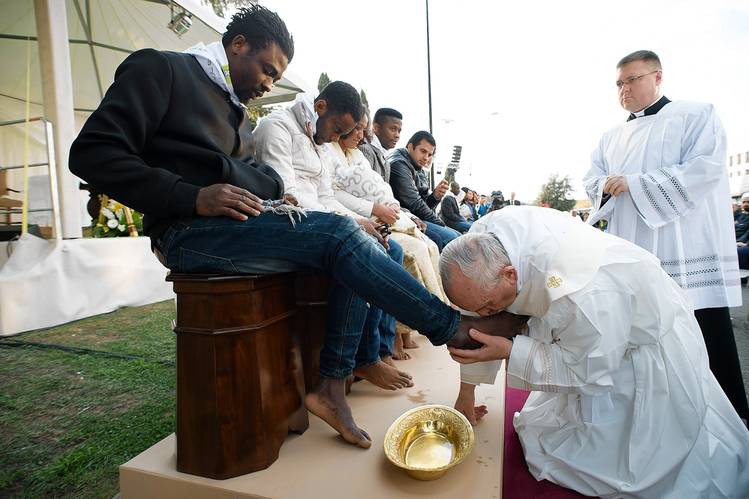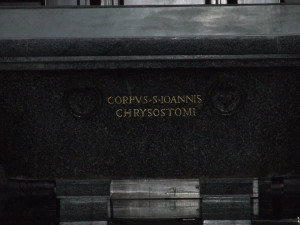On Europe and “the Faith”

“Too often you have not been welcomed…Forgive the closed-mindedness and indifference of our societies, which fear the change of lifestyle and mentality that your presence requires.”
Pope Francis, 2016.
“Europe is the faith, and the faith is Europe…I say again, renewing the terms, The Church is Europe: and Europe is The Church.”
Hillaire Belloc, 1920.
Over the years my attitudes towards race and religion have unfortunately brought me into conflict with many Christians, some of whom have been very close to me. Closest to home, my wife is an evangelical Christian. Like many of her co-religionists, she believes much of what she is told in church, not only in terms of what is written in the Bible, but also in the social instructions her church issues in order to steer its flock towards a “good” and “moral” Christian life.
My wife and I are opposites in many respects. She is fully aware of my own agnosticism, and is equally aware of my positions on racial, religious and political matters. Possessing an abundance of good qualities as a wife and mother, I don’t think I am doing her a terrible injustice by stating that she doesn’t completely understand the complexities of the subject matter I routinely explore. To her, the thing that matters most is that my attitudes are “good.” It is the “moral” merit of my positions that she is most interested in, and because she is a Christian the question of how “moral” my opinions are is entirely dependent on how closely they fit with the Christian moral worldview — as taught to her by her church. Thus, when we discuss this or that aspect of the news she will often ask of my opinions: “Yes, but is that a good attitude to have? Is that displaying forgiveness? Isn’t your heart too hard?” If the discussion continues, it frequently evolves into a debate between (my) facts and (her) moral feelings. Read more


 among many Evangelical Christians, but also
among many Evangelical Christians, but also 


